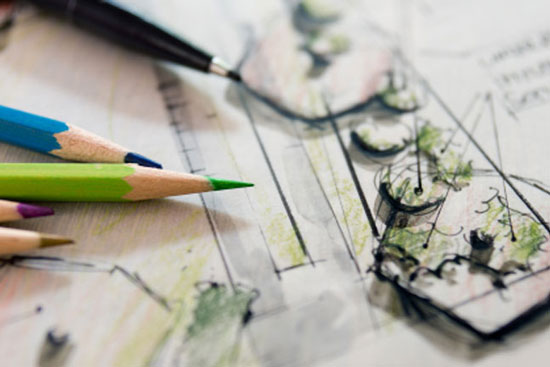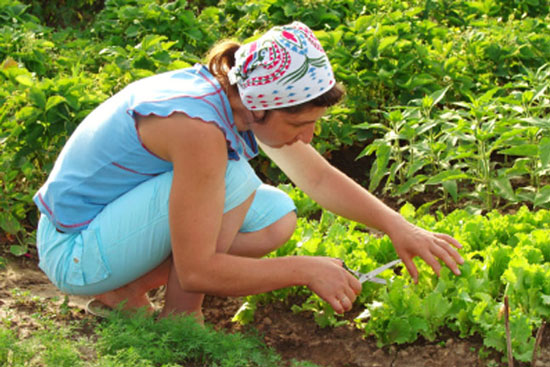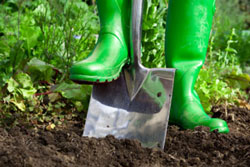Arrange your plantings to make the best use of your available space. It all about convenience. Put the plants that you will be picking the most in the most convenient and accessible place. Plants like potatoes that aren't picked frequently can be located in a spot that is more out of the way. Plan your garden with taller plants near the back (preferably to the north or northeast side) so they won't shade shorter plants. Keep herbs and small vegetables to the front. Tall vegetables like pole beans or tomatoes require support. And since corn is pollinated by the wind, for optimum pollination, it should be planted in blocks of several short rows, rather than two or three long rows. Squash, pumpkins and melons will spread and fill a large space as they grow. However, you can train some vine plants to grow on a trellis to save space for planting.
COMPANION PLANTING: Some plants just make a good team. Sometimes one attracts a pollinator that another one needs, or one chases away a pest that likes to attack another. Lettuce likes green onion. Tomatoes like basil and marigolds. Check out our Maintenance Section on Companion Planting for more tips!
Plant a diverse garden. Mix perennial and annual flowers in with your veggies. Gardens can be a wonderful sight with all the textures, colors, shapes and even flowers to choose from. Added bonus to the beauty, you can really pack in the plants if you skip the traditional rows and go for more interesting designs.



